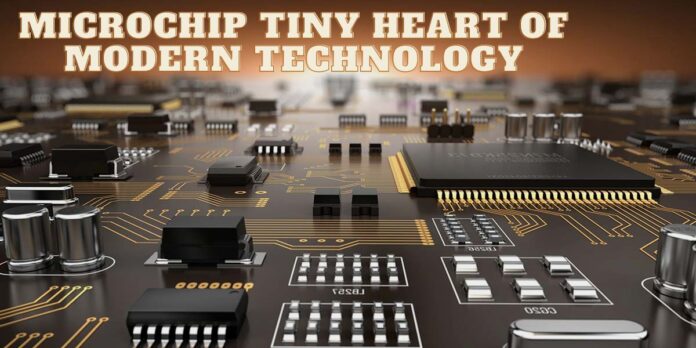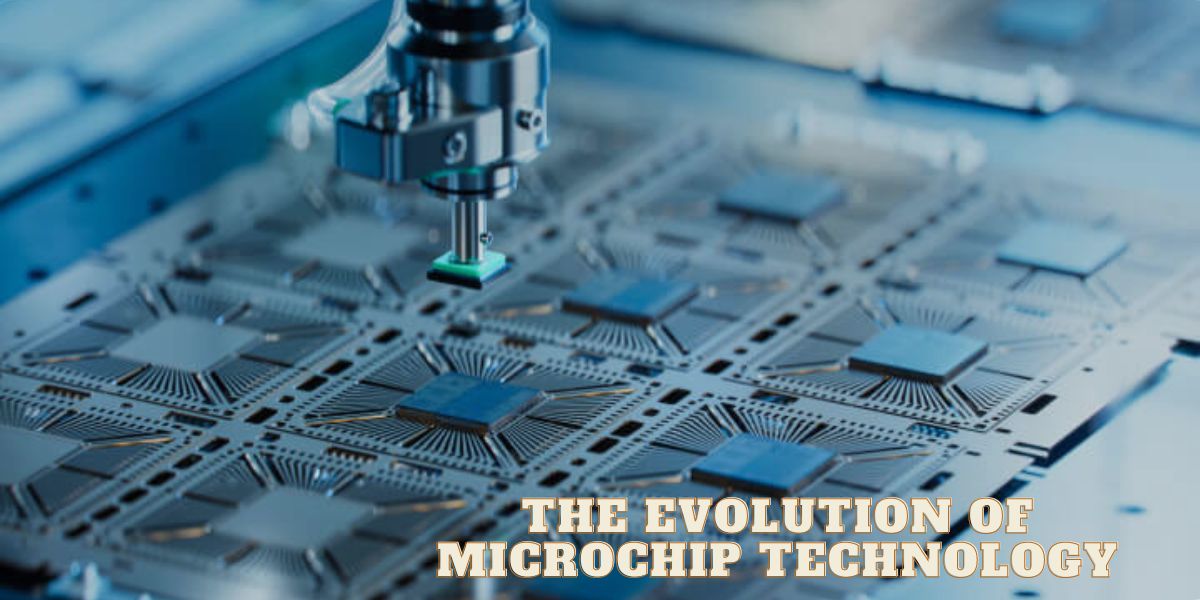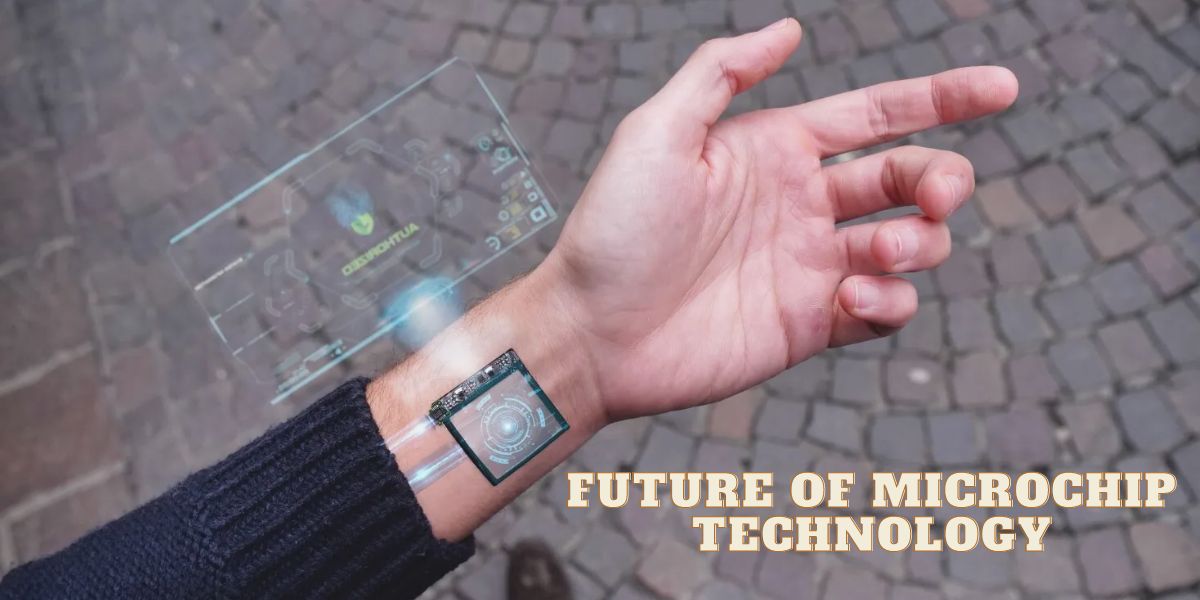In the world of modern technology, few inventions have had as profound an impact as the microchip. These tiny but powerful devices are the foundation of nearly every piece of technology we use today, from smartphones and computers to medical devices and automobiles. With the increasing demand for faster and more efficient devices, the microchip has continued to evolve, making it the unsung hero of the digital age. In this article, we will explore how the microchip: the tiny heart of modern technology has revolutionized our world.
What is a Microchip?
At its core, a microchip is a small semiconductor made of materials like silicon, containing millions or even billions of transistors. These transistors act as tiny electrical switches that allow the chip to perform calculations and store data. The microchip, also known as an integrated circuit (IC), can process an immense amount of information at lightning speeds.
The development of microchips has transformed the way we interact with technology, reducing the size of devices while increasing their processing power. The first microchips were developed in the late 1950s, but today’s versions are far more advanced and capable, forming the backbone of complex systems across industries.
The Evolution of Microchip Technology
When we discuss the microchip: the tiny heart of modern technology, it is important to understand how this technology has evolved. In the early days, computers were massive, room-sized machines that required significant power and cooling. With the invention of the microchip, computers shrank in size, allowing for the creation of personal computers, laptops, and eventually smartphones.
Gordon Moore, co-founder of Intel, famously predicted in 1965 that the number of transistors on a microchip would double every two years. Known as Moore’s Law, this prediction held true for decades and continues to guide the development of microchip technology. As microchips have become smaller and more efficient, they have enabled advancements in fields such as artificial intelligence, machine learning, and the Internet of Things (IoT).
Microchips in Everyday Devices
It’s impossible to discuss the microchip: the tiny heart of modern technology without acknowledging the wide range of devices that rely on microchips. From the moment we wake up and check our smartphones to when we cook dinner using a smart oven, microchips are everywhere.
- Smartphones: Every smartphone is powered by a microchip that handles everything from running apps to connecting to the internet. Without microchips, the powerful computing capabilities of modern phones would be impossible.
- Computers and Laptops: The central processing unit (CPU) of every computer is essentially a microchip. The CPU manages all of the instructions a computer receives and executes them, making it the “brain” of the machine.
- Automobiles: Modern cars rely heavily on microchips for functions such as engine management, braking systems, and even entertainment systems. As electric and autonomous vehicles become more prevalent, microchips will play an even greater role.
- Medical Devices: Microchips are essential in life-saving medical devices such as pacemakers, insulin pumps, and imaging equipment. These devices rely on microchips to monitor patients’ vital signs and deliver precise treatments.
- Wearable Tech: Fitness trackers, smartwatches, and other wearable devices are powered by microchips that track activity, heart rate, and even sleep patterns, providing users with personalized health data.
The Role of Microchips in Advancing AI and IoT
Artificial Intelligence (AI) and the Internet of Things (IoT) are two of the most significant technological advancements of the 21st century. The microchip: the tiny heart of modern technology is driving these innovations by providing the processing power required for complex data analysis and machine learning algorithms.
- AI and Machine Learning: AI systems require immense processing power to analyze large datasets and make decisions. Microchips designed specifically for AI, such as graphics processing units (GPUs) and tensor processing units (TPUs), have made it possible to train AI models faster and more efficiently. These microchips allow machines to recognize patterns, interpret speech, and even drive cars autonomously.
- IoT Devices: The Internet of Things refers to the network of connected devices that communicate with each other through the internet. Everything from smart refrigerators to home security systems can be part of the IoT. Microchips are at the core of these devices, allowing them to process data, communicate with other devices, and make decisions in real-time.
Challenges in Microchip Manufacturing
Despite their incredible capabilities, the production of microchips presents several challenges. Manufacturing microchips requires highly specialized equipment and cleanroom environments, as even the smallest particle of dust can ruin a chip during production. Additionally, as microchips become smaller and more powerful, the demand for new materials and manufacturing techniques increases.
Another challenge facing the industry is the global shortage of microchips, which has been exacerbated by the COVID-19 pandemic. This shortage has impacted industries worldwide, from automotive manufacturing to consumer electronics, highlighting just how critical microchips have become to the global economy.
The Future of Microchip Technology
As we look to the future, the microchip: the tiny heart of modern technology will continue to evolve. Researchers are exploring new materials such as graphene, which could allow for faster and more efficient chips. Additionally, advancements in quantum computing could revolutionize the field by enabling chips to process information at speeds that are currently unimaginable.
Moreover, the demand for microchips will only grow as new technologies emerge. Self-driving cars, advanced robotics, and the expansion of IoT are all dependent on microchips that can handle more complex tasks and process data at even faster speeds. The continued miniaturization of microchips will also open up new possibilities in areas like healthcare, where tiny, implantable devices could monitor patients’ health in real time.
Conclusion
In conclusion, the microchip: the tiny heart of modern technology has become indispensable in our world. From the devices we use every day to the cutting-edge advancements in AI and IoT, microchips power nearly every aspect of modern life. As technology continues to advance, the microchip will remain at the core of innovation, driving the next generation of breakthroughs that will shape the future.




